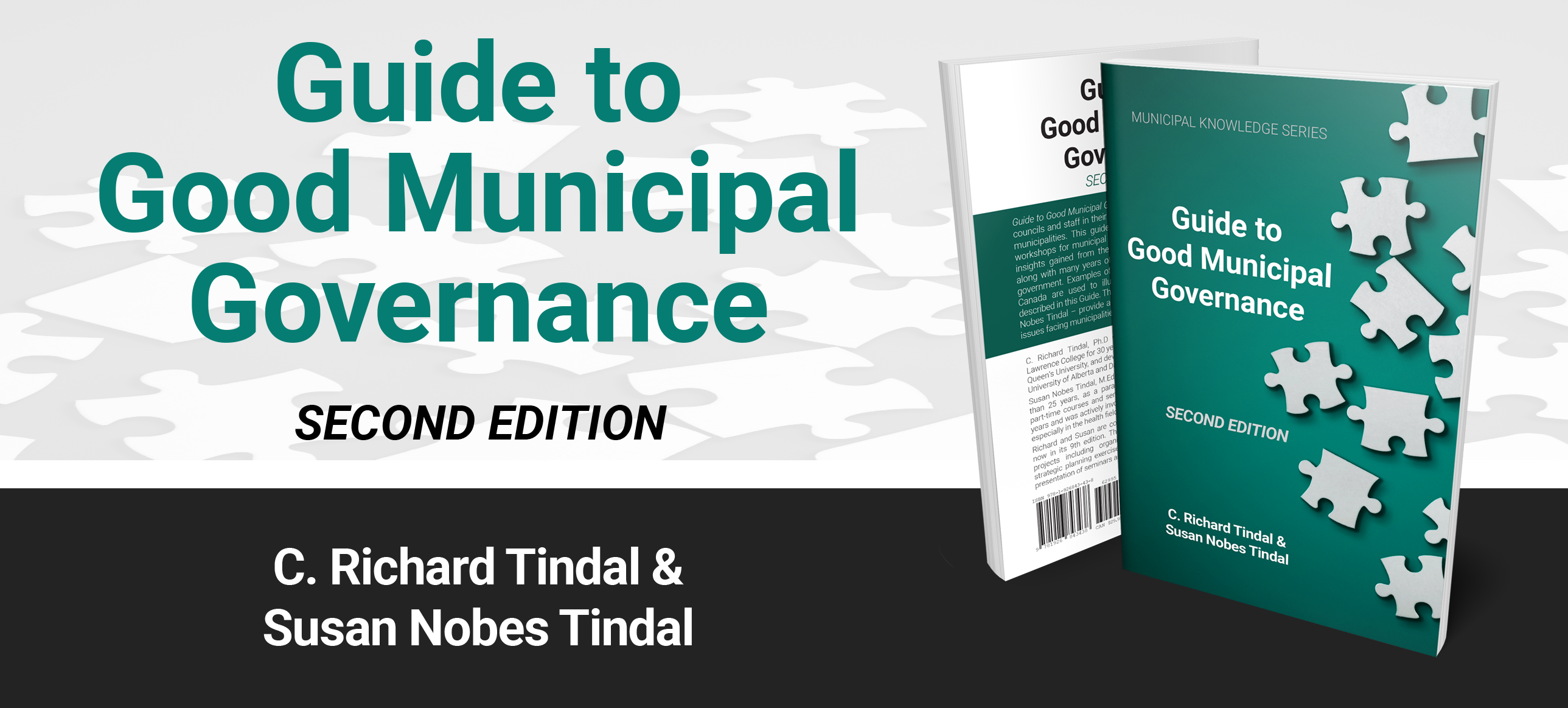People management: How to optimize feedback to suit every employee
 Feedback plays a pivotal role in driving growth, engagement, and overall success in your organization. But delivering feedback that truly clicks requires a tailored, nuanced approach that considers each team member's unique personality and work style. Photo: Adobe Stock
Feedback plays a pivotal role in driving growth, engagement, and overall success in your organization. But delivering feedback that truly clicks requires a tailored, nuanced approach that considers each team member's unique personality and work style. Photo: Adobe Stock
Motivating diverse teams remains a constant challenge for managers across all businesses and industries. As a leader, you know feedback plays a pivotal role in driving growth, engagement, and overall success in your organization. But delivering feedback that truly clicks requires a tailored, nuanced approach that considers each team member’s unique personality and work style.
This guide offers practical strategies to help optimize your feedback techniques. By mastering the art of personalized feedback, you’ll unlock your team’s full potential while cultivating an environment of trust, respect, and continuous improvement.
The Power of Tailored Feedback
First, recognize that every team is diverse, with personalities and communication preferences that vary widely. A one-size-fits-all approach to feedback often falls flat, hindering motivation and engagement. Different individuals simply respond better to different feedback styles. By tailoring your feedback strategies, you’ll increase buy-in, improve communication flow, and strengthen overall team cohesion.
Personalities and Preferences
To really make feedback resonate, you need to understand each team member’s unique personality and communication style. The DISC model helps with this, categorizing people into four main types:
- Dominant
- Influential
- Steady
- Conscientious
But how do you figure out which one fits each person?
Observation is key. Pay close attention to how team members communicate, make decisions, and interact. Keep an eye out for patterns. Are they more direct or diplomatic? Logical or emotionally expressive? Patient or fast-paced? Taking notes can help track what you notice.
Additionally, having the team take a DISC assessment provides insight into their primary traits and preferences. These evaluations measure things like directness, sociability, relaxed nature, and attention to detail. There are various free online DISC survey tools to use.
Once you understand each person’s style, you can tailor your feedback approach:
- Dominant: These direct, assertive team members often respond best to straightforward feedback focused on results and areas for growth. Give clear feedback and highlight advancement opportunities.
- Influential: They thrive on positive reinforcement and recognition of their contributions to the team’s success. Highlight their impact and celebrate their achievements.
- Steady: With a preference for a friendly, patient approach, this personality type responds well when feedback centers on maintaining stability and team morale. Explain how changes affect the team dynamic.
- Conscientious: Detail-oriented and logical, this group appreciates fact-based feedback examining processes and accuracy. Provide specific examples and data to support your suggestions.
By actively observing your team’s behaviors and styles, you can categorize them and adapt your feedback approach accordingly. This personalized approach makes your feedback resonate better and increases the chances it will lead to meaningful action.
The Art of Delivering Impactful Feedback
Effective feedback involves more than just your choice of words. It’s also about creating the right environment for your message to land well.
Privacy matters – Hold feedback sessions in a private, comfortable space where your team member feels safe to speak openly and honestly.
Strike a positive tone – Balance out any criticism with recognition and praise for their efforts and achievements. This constructive approach fosters a more positive environment.
Get specific – Use clear, real-world examples to illustrate strengths and areas for improvement. Specific, actionable feedback is easier to understand and implement.
Make it a dialogue – Encourage a two-way conversation. Invite your team members to share their own perspectives, and actively listen to their thoughts and concerns.
Feedback Strategies for Different Scenarios
The true art of effective feedback lies in adapting your approach to different situations.
Addressing performance issues – When dealing with performance challenges, lead with empathy and focus on solutions. Clearly communicate your expectations and lay out a plan for improvement. Don’t forget to offer support and resources to help your team members succeed.
Celebrating successes – When celebrating wins and milestones, highlight the positive behaviors that led to success and the impact your team member’s contributions made. This builds confidence, motivates them further, and sets a standard for future achievements.
High-pressure situations – In stressful moments, find a balance between offering feedback and providing support. Acknowledge the challenges faced and commend their efforts. Then, constructively identify areas for improvement. Frame setbacks as opportunities for growth and learning.
Building a Culture of Continuous Improvement
Optimizing feedback isn’t a one-time fix, but an ongoing process. To create a culture where feedback is valued, encourage open communication and a growth mindset.
Regular feedback loops are key. Set up one-on-ones, team discussions, or even anonymous surveys to provide timely feedback and allow your team to share their insights.
As a leader, show you’re open to feedback by actively seeking input and demonstrating a willingness to learn and grow yourself. This sets the example for a culture of continuous improvement, where feedback is seen as a tool for both personal and professional development.
Expanding Your Feedback Toolkit
The digital world offers exciting tools to enhance your feedback approach. Tools like video conferencing, collaborative whiteboards, and online feedback apps can make sessions smoother, even for remote teams.
Think beyond just one-on-one feedback. Consider getting input from peers, direct reports, and even customers or clients. This broader perspective gives you a more complete picture of someone’s strengths and areas for development, leading to richer feedback.
Remember, feedback is an ongoing process, so don’t be afraid to experiment. Track the impact of your strategies through employee surveys, performance data, and direct feedback from your team. Use these insights to refine your methods over time, ensuring your feedback leads to genuine, impactful results.
Path to Effective Leadership
Optimizing feedback is a journey, but one that yields immense rewards for you and your team. By recognizing the importance of tailored approaches, understanding individual styles, crafting impactful sessions, tailoring your approach, and fostering a culture of continuous feedback, you’ll unlock your team’s true potential.
Personalized feedback is the key to inspiring peak performance, building trust, and achieving shared growth. The long-term benefits go beyond individual achievements – they pave the way for organizational success, innovation, and a true competitive edge.
So, take that first step today. Commit to mastering feedback, and you’ll elevate your people management skills, becoming the exceptional leader your team deserves.



